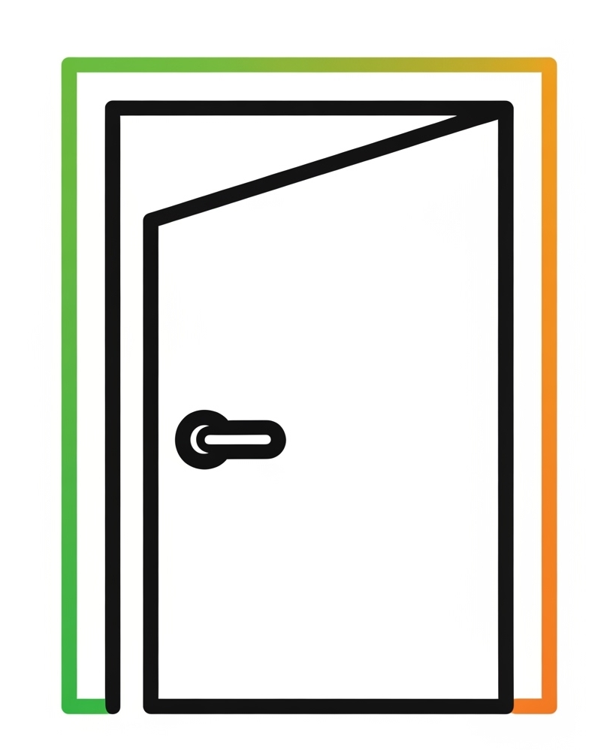Rocky Caraveli, from “Awakening in the DreamHouse” on using Ibogaine for detoxing off high tolerance Kratom
- Ibogaquest

- Jul 14
- 3 min read

Who is Rocky? Introducing Rocky Caraveli and Awakening in the Dreamhouse
Rocky Caraveli is a highly experienced Ibogaine provider, boasting two decades of expertise in the field. He is also the visionary founder of Awakening in the Dreamhouse, a clinic that has been a beacon of hope for 17 years. With an impressive track record of over 900 treatments performed, the clinic stands out for its commitment to safety, having reported no fatalities or medical emergencies in over a decade.
Awakening in the Dreamhouse, located in San Miguel de Allende, specializes in Ibogaine treatment and detox. Their approach is distinctly holistic, integrating comprehensive medical support to ensure patient well-being. A core principle of their philosophy is the individualized nature of treatment; rather than a one-size-fits-all protocol, they tailor each program to the specific needs of the individual. The clinic is dedicated to providing a humane detox experience, prioritizing patient safety and care, and actively addressing common post-opiate detox challenges like sleeplessness. Beyond the immediate detox, their work extends to resetting obsessive-compulsive neural networks and fostering neuroplasticity, thereby empowering the body’s natural healing processes.
Rocky’s View on Kratom
Rocky Caraveli holds a nuanced view on Kratom. While he acknowledges it as a “saving grace” for individuals dependent on opiates, offering a “clean source” for managing withdrawal, he is also keenly aware of the significant challenges it presents. He notes that users can develop extremely high tolerances, with some consuming as much as 80 to 100 grams daily, especially those transitioning from potent substances like fentanyl [00:50]. Furthermore, he highlights that concentrated Kratom shots can severely disrupt an individual’s tolerance to the powder form, complicating the path to recovery [02:14].
Due to Kratom’s unique alkaloid structure and its stimulant properties, particularly in white and green strains, Rocky’s clinic does not administer Ibogaine directly to treat Kratom dependence. Instead, he advocates for a careful transition period of three to four days to ensure the body is as clean as possible before Ibogaine treatment. His preferred method involves stabilizing individuals on a simple morphine alkaloid, as he finds Ibogaine and opium to be “friendly” and compatible [03:23]. This cautious and individualized approach underscores his commitment to patient safety and effective, humane detoxification, aiming for a gradual reduction in tolerance over an extended period rather than an abrupt, high-risk cessation.
Understanding Rocky’s Protocol for Kratom Addiction
Kratom addiction, while often overlooked, presents unique challenges. Rocky’s protocol offers a staged, individualized approach, prioritizing safety and a humane recovery process. Unlike some conventional methods, this protocol avoids direct Ibogaine treatment for Kratom due to potential interactions, especially with the stimulant properties of white or green Kratom strains [03:07].
The Core Stages of the Protocol:
Transition Period: Before initiating Ibogaine treatment, individuals undergo a 3-4 day transition period. This crucial phase aims to cleanse the body as much as possible.
Stabilization with Morphine Alkaloid: A key differentiator of Rocky’s protocol is the preference to stabilize individuals on a simple morphine alkaloid. This is because Ibogaine and opium appear to be compatible, making for a smoother transition into treatment.
Staged Ibogaine Treatment: The Ibogaine treatment itself is administered in stages, allowing individuals to maintain a regular sleep schedule and eat daily. This staged approach enhances comfort and safety throughout the process.
Tolerance Reduction: Over a period of 12 to 14 days, the protocol actively works to reduce the individual’s tolerance to the substance.
Re-stabilization: After the Ibogaine work, around day 12, individuals are re-stabilized using very low doses of morphine until their system achieves a stable state.
Addressing Withdrawal Symptoms: While Ibogaine is effective in mitigating major withdrawal symptoms, individuals may still experience a “raw” feeling due to endorphin depletion and challenges with sleep.
Nutritional and Hydration Support: Comprehensive support is provided to ensure individuals maintain optimal magnesium and potassium levels. This includes supplements, electrolytes, caloric intake, and encouragement for exercise and adequate sleep.
The “Bubble” Phenomenon: Around day 10 or 12 post-treatment, some individuals might encounter a sudden, temporary recurrence of early withdrawal symptoms, such as teary eyes and sniffles, even after a period of stability.
Final Flush: At the culmination of the treatment, a specific dose of Ibogaine is administered. This “flush” is designed to break the obsessive-compulsive neural networks that have developed due to prolonged drug exposure.
Neuroplasticity: A significant benefit of this protocol is the role of Noribogaine, a metabolite of Ibogaine. Noribogaine actively promotes neuroplasticity, which aids in restoring and rebuilding new neural pathways, empowering the body to function independently of drugs.
This highly individualized protocol underscores a commitment to a humane and safe recovery journey, allowing ample time for the introspective and therapeutic work facilitated by the medicine.

Comments